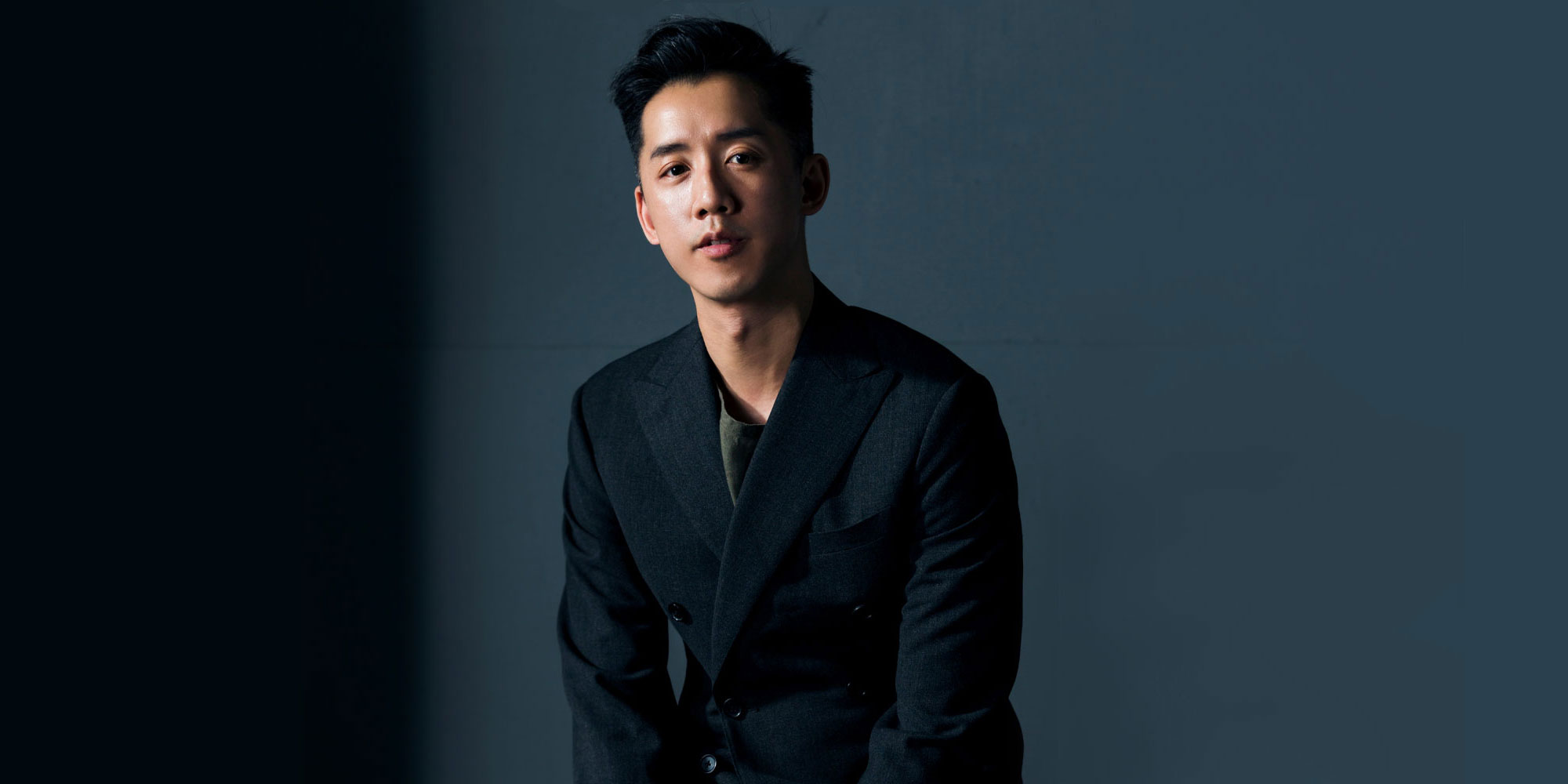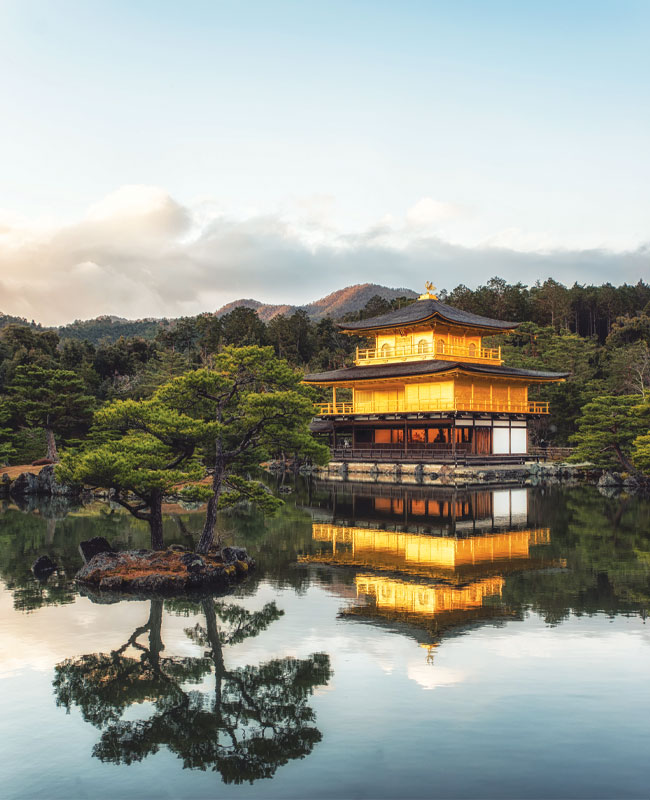
The Den of a Temple Whisperer
An Indonesian hidden-gem destination
- Text by Janice & George Mucalov
- Photography by Tugu Hotels and Janice and George Mucalov
The bumpy road to Tugu on the Indonesian island of Lombok winds its way past emerald fields dotted with cows and palm trees, bringing us to a striking colonial house surrounded by lily ponds. Once rented to a Chinese family in Sumatra in the 19th century, the priceless hardwood house was moved to Lombok to become a reception area for Tugu Lombok, a remarkable boutique hotel. In the garden, a 200-year-old Chinese temple, richly ornamented with Ching Dynasty and Hindu carvings, is used for weddings. The temple was saved during the Dutch attack on Lombok in 1894. The honeymoon villa (which has a flower-shaped pool) features delicate Chinese embroideries and antiques from Java and Bali.
With 37 individually decorated suites and villas (several with private pools) strung along sugar-white Sire Beach, Tugu Lombok is listed among “haute spots” by Harper’s Bazaar, rated one of the “world’s very best luxury hotels and resorts” by Forbes Traveler and called “one of the most impressive art hotels” by Millionaire Living.
But who on earth would fill a remote five-star hotel with such precious Indonesian art and antiques?
Anhar Setjadibrata, that’s who; a man whose accomplishments make him something of a “temple whisperer.”
As a young medical student travelling through Indonesia, Setjadibrata was saddened to see so many beautiful shrines and fine art pieces recklessly tossed aside by his countrymen, to be replaced by shiny things of convenience. He started rescuing hundreds of these stone Buddhas, wood carvings, shadow puppets, musical instruments, paintings, historic photographs and even temples. Over the years, he amassed a museum-worthy collection. To showcase his treasures, he built Tugu Malang, his first boutique museum hotel, on Java in 1989. Three other Tugu hotels, on east Java, Bali, and then Lombok followed.

Take the time to view these treasures as they whisper tales of Balinese royalty, ancient kingdoms, eternal love, and Indonesian legends. Indeed, at Tugu Bali, we felt like we had walked into a living history book on Indonesian art and culture. Ask for a tour — Lucienne, the founder’s daughter, charmed us with her recollections of lovingly exploring antique shops with her dad while her teenage friends spent their time on less soulful pursuits.
One crimson-themed villa, which you can visit when it’s not occupied, is dedicated to the passionate love story between Belgian painter Le Mayeur (who came to Bali in 1932) and the model of his paintings, Balinese dancer Ni Pollok; it showcases the artist’s original carved furniture.
The piece that started Setjadibrata on his life-long mission of cultural preservation is displayed in Tugu Bali’s hotel lobby — a 16th-century stone bowl from which ancient priests sprinkled holy water on sick villagers.
And one object that really caught our eyes was a dramatic, five-metre-high Garuda (sun bird king), carved from a 120-year-old tree, towering above a dance stage in the lobby. Lucienne told us she literally stumbled over the statue at a village. Carved by an Indonesian master carver, it had been left outside as too massive for any home, and had sunk and almost disappeared into the ground. (In its current central location, it’s likely it also caught the attention of super-model Kate Moss and Brazilian pop star Bebel Gilberto, who have been spotted at Tugu Bali.)
Indeed, Tugu Bali is chock-full of treasures, housing one of the largest and finest private collections of Indonesian art and cultural artifacts in southeast Asia.
As monuments to Indonesia’s rich cultural heritage (“Tugu” means “monument”) the Tugu hotels keep the past alive and help ensure that the country’s precious treasures are no longer thrown aside and forgotten.
Where to Eat
Dining is a bespoke experience at Tugu Bali — you can eat in the garden, by the pool, at the beach, or in a nook overlooking a lotus pond. But the most romantic and elaborate dinners are served in the Bale Sutra. Meaning “Palace of Harmony,” this dining room is in a 1706 Chinese (Kang Xi period) temple, painstakingly reconstructed in a wing of the hotel. Perhaps book the Imperial Chinese dinner? You’re seated at an antique dining table covered with 18th century gold-thread-embroidered Chinese silk, illuminated by rows of red candles. Dishes of crab, Peking roast duck, and steamed fish with ginger are presented on Ming-style tableware and lavish antique silver. Or choose the royal ceremonial feast of the Majapahit kingdom, in which a procession of costumed staff, playing drums and musical instruments, leads you into the dining temple.

Inspired for a Beautiful Life
Related Articles

The Story of Chinese Characters
Of all the cultural heritages and legacies, none is more significant than the human language. Chinese characters, as a type of logogram, are specially unique.

André Fu Crosses Cultures with Design
Raised in Hong Kong and England, André Fu brings the East and West together at every level of his famous interiors.









